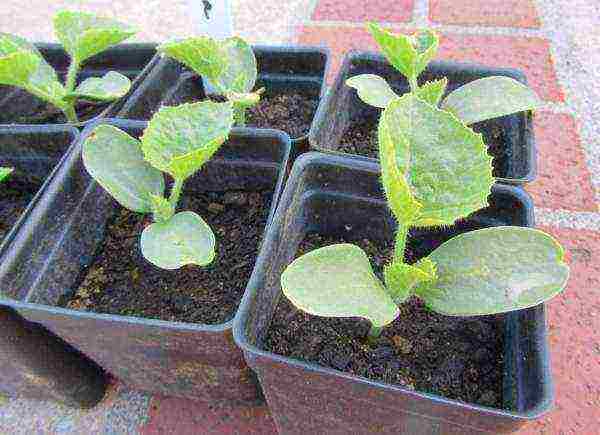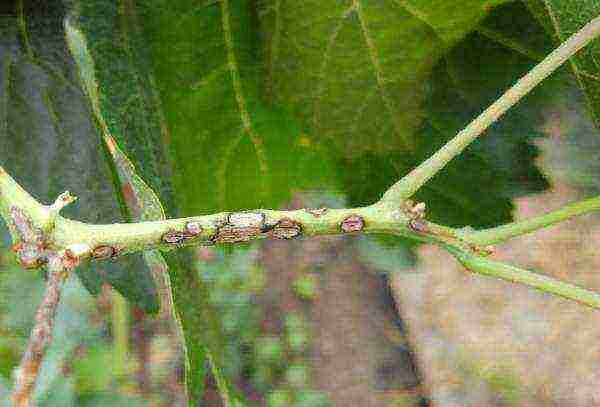Content
Description of the variety and features of growing Ethiopian melon
There are a great many different varieties of melons. Ethiopka variety is one of the most popular... It was developed by Russian breeders. It differs from other varieties in high germination of sprouts and large fruit size. Ethiopka melon fruits are easy to transport and are remembered for their sweet taste.
Description and characteristics of the Ethiopka variety
Melon Ethiopian perfectly tolerates heat and is not susceptible to the formation of sunburn on the crust.
The bush of the variety looks compact, without long lashes. It will be possible to collect 5-6 fruits from one bush.
According to the description, Ethiopian fruits are large, round, dark yellow in color and separated by stripes on the rind... Because of this, they look like a pumpkin. The fruits are rough to the touch, covered with a fine mesh pattern.
Its pulp is white and juicy, exudes a pleasant melon aroma. It tastes like honey.
Characteristics:
- mid-early variety;
- fruits ripen in 80 days;
- the average weight of the fetus is 4 kg;
- shelf life of fruits - a month;
- the thick rind allows you to transport fruits without fear of damaging them.

Preparing for planting
Melon Ethiopian - heat-loving plant... In the southern regions of Russia, seeds can be sown directly into the ground and sprouting can be expected.
In the middle and northern latitudes of the country, it is preferable to use the Ethiopian seedling planting method.
This will allow the melon to ripen and avoid unexpected frosts, because the low temperature is detrimental to the melon. And besides, the seedling method will allow you to harvest the melon 2-3 weeks earlier.

Before planting, the seeds are prepared... They are soaked for a day in warm water or in a special composition for pre-treatment of seeds. This will saturate the seeds with trace elements and improve germination.
At the preparation stage, it is easy to identify low-quality seeds: those that float in the water are thrown away, those that fell to the bottom will give a good harvest.
Seeds are planted in special containers for seedlings, peat pots or homemade utensils. So that the sprouts are not intertwined with roots, they are planted in individual containers or seated from each other.
You can take garden soil, but you need to prepare it:
- Reduce soil acidity with lime, sand, or eggshells.
- Add peat and compost to enrich the soil.
- Disinfect the soil with a weak solution of potassium permanganate.
In the containers where the earth will be filled up, holes should be made to drain the excess water. Drainage is poured at the bottom, and a layer of soil is laid out on top. The seeds are immersed to a depth of 4-5 cm and covered with foil.
When the first shoots appear, the film is removed... If the seeds were planted in a common container, then the frail sprouts are removed. The rest are fertilized with mineral fertilizers and placed in a sunny place.
If it is not possible to give the seedlings enough light in the living room, then worth buying plant lamps.

Planting and watering
Seedlings should be planted in mid-May.... It is prepared by reducing watering and exposing it to the street for a couple of hours. This is how the sprouts adapt to the future environment.
The sprouts are planted in the ground at a distance of half a meter from each other. The bed can be preheated by digging humus mixed with earth to a depth of 40-50 cm. Make holes above it for future sprouts and pour water over them abundantly.
When the water is absorbed into the soil, seedlings can be planted. Melon sprouts are buried in the ground at the level of the lower leaves.
The water temperature for irrigation Ethiopians should not be lower than the ambient temperature. It is necessary to ensure that the soil around the stem does not dry out, but it is dangerous to flood the plants.
Watering should be stopped half a month before harvestso that the fruits gain the right amount of sugars, and the pulp does not become watery.

Melon feeding
Ethiopian melon responds well to fertilizers containing potassium. In addition, many gardeners use herbal infusion for feeding Ethiopians and sprinkle the ground around the plant with wood ash.
It both nourishes the soil and helps in pest control.
Growing diseases
Ethiopian is susceptible to fungal diseases:
- Blackleg.
- Olive spot.
- Powdery mildew.
With olive spot oily gray spots appear on the plants. Disinfection of the soil and cleaning of plant debris and affected plants from the garden will help to avoid the fungus.
When the first signs of a fungus appear, it is recommended to spray the plants with Bordeaux mixture or kartocide.

Blackleg most often it affects the fragile sprouts of seedlings and destroys them. The roots of the affected plants rot, the reasons for this lie in:
- the presence of fungal spores in the soil;
- excess humidity in the room;
- excessive watering;
- temperature drops.
To prevent this from happening, you need to follow the planting regime and make sure that the sprouts receive enough light.
The appearance of white bloom on the leaves is a sign of powdery mildew damage. Under the bloom, ulcers form, the spores of the fungus draw out nutritious juices from the affected plant.
Powdery mildew appears when there is an excess of nitrogen in the soil and in case of violation of the irrigation regime. Fight powdery mildew with fungicidal agents:
- Vitaros;
- Topaz;
- Fundazol.

Melon cultivation Ethiopian does not require specific conditions... If you follow simple rules, you can easily get a large (on average 100 centners per hectare) crop.
Ethiopian melon is popular in Russia, countries of Central and Asia Minor. Breeders are constantly improving this variety. In the future, new varieties of melon will appear on the basis of the Ethiopka variety.


